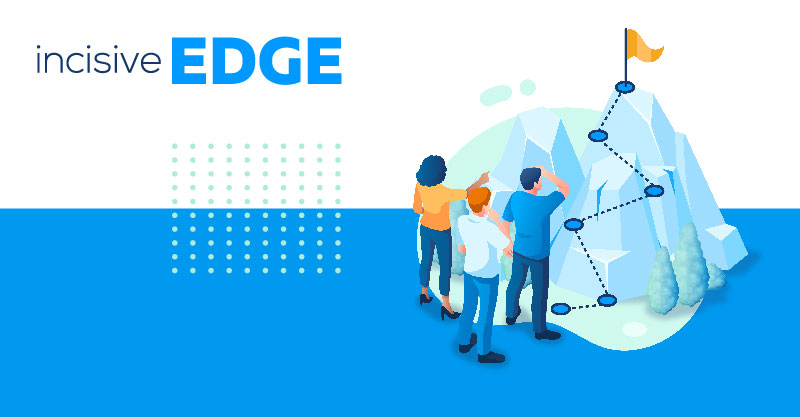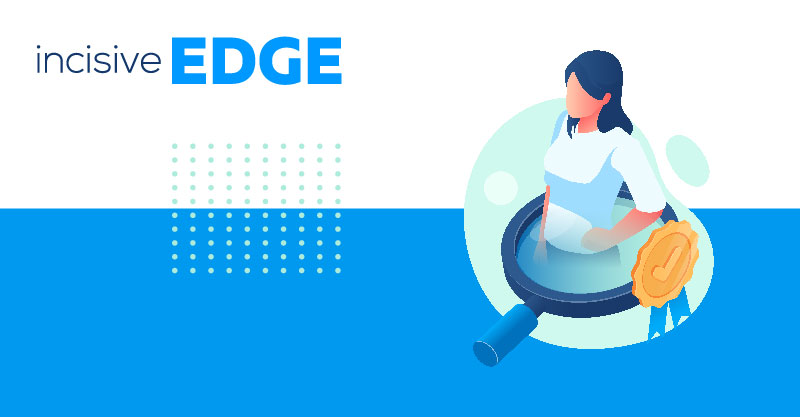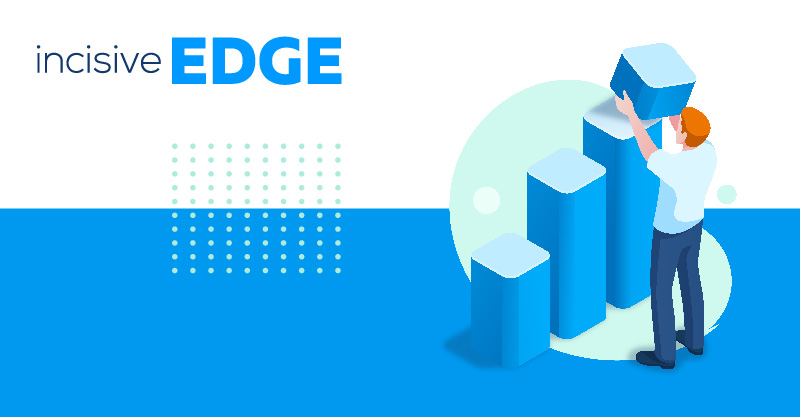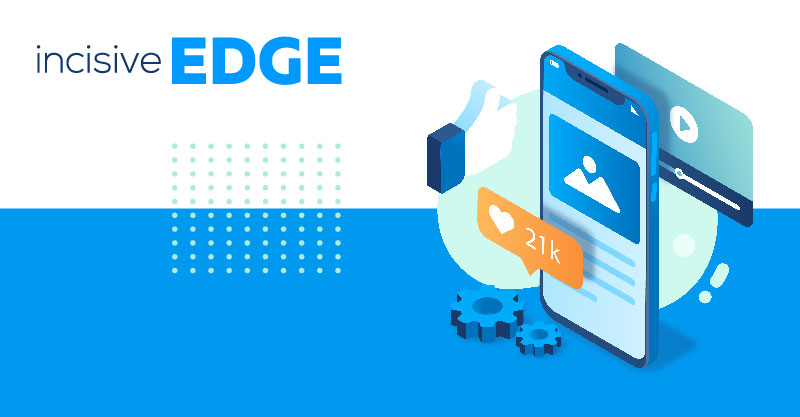Whether you're a serial founder or launching your first product, you should know by now that a well-defined sales strategy, a compelling value proposition, and a clear understanding of the target audience are critical components of a comprehensive go-to-market strategy for SaaS.
With an effective go to market strategy, you can make sure you’re reaching the right people at the right time and doing everything you can to turn them into loyal promoters.
We’ve already covered the basics of a go to market strategy, including a checklist and a GTM Strategy examples on how to build one. Today, we’ll be focusing specifically on tips and tricks for building and refining a go to market strategy for SaaS companies.
Aside from the basics, there are also some essential aspects to cover when developing a go to market strategy for SaaS.
Check out the following blogs to learn more about SaaS:
- How to Innovate SaaS Marketing for 2023 and Beyond
- How to Convert SaaS Trial Users with Inbound Marketing
- How to Reduce Churn in SaaS: A Powerful but Simple Checklist
- How the Top Companies Chase and Close SaaS Sales Leads
Decide Your Key Target Market
The first and most important step in any go to market strategy, but especially for SaaS offerings, is to define your target market.
One of the worst mistakes a SaaS company can make is assuming they can sell to everyone, which often means they end up selling to no one. The crucial decision of who your target audience of paying customers will be, the sales-led growth strategy to reach them, and the key performance indicators (KPIs) to measure success is at the heart of any comprehensive go-to-market strategy.
There are three levels of target market size:
- Small business
- Mid-level business
- Enterprise
Once you’ve decided on the market size you’ll be approaching, you can get more granular and target a specific niche.
Trying to please everyone is too much for a startup, and it typically results in failure.
Your primary goal should be to focus on a select group and establish consumer loyalty. Once that first target has been attained, you have begun to fulfil your initial MMR objectives and can look to expand into new niches.
Determine Your Contact Strategy
Just like market sizes, there are three basic types of contact:
- Low touch
- Medium touch
- High touch
A “touch” refers to how often your consumers will come into contact with a sales rep. Obviously, the higher the touchpoint, the more effort is required from your sales team.
Market size and type of contact usually correspond, e.g. high touch for enterprise, and low touch for small businesses.
And this makes sense. Your marketing strategy for small businesses would usually be tailored towards individuals, while at enterprise level, there are more decision-makers to influence.
Tip #1: Build Your Product and Your Go to Market Strategy at the Same Time
One of the most important tips for building a go-to-market strategy for SaaS is that you should be creating your strategy before, or at the same time as, your product. You don't want to end up in a situation where you've built your product and then wonder who's going to buy it. Understanding your target audience, including existing customers, and aligning marketing efforts with a product-led growth approach are crucial steps in crafting an effective go-to-market strategy.
Keep the following in mind:
- Use market research to help you decide how you'll promote and build your product.
- Before your product is finished, start selling it (or at the very least gathering leads).
- Experiment with various audiences (sales, lead generation, interviews, and surveys) to determine who has the biggest demand for your product, and then develop it for them. Develop your marketing channel around them.
Establish Your Offering
Another critical aspect of your go-to-market strategy is to highlight the features of your SaaS product. One of the most common ways to do this is with the freemium model - allowing users to try the product at low (or no) cost.
In SaaS, the freemium model is king. This customer-centric strategy provides a free trial period that allows potential clients to test your product straight away to see if it is a good fit for them and assess its value proposition. The freemium model has two types: a limited-time full usage trial, and an upgrade plan. Understanding the customer lifetime value and leveraging this approach as a competitive advantage in your go-to-market (GTM) strategy is essential for success.
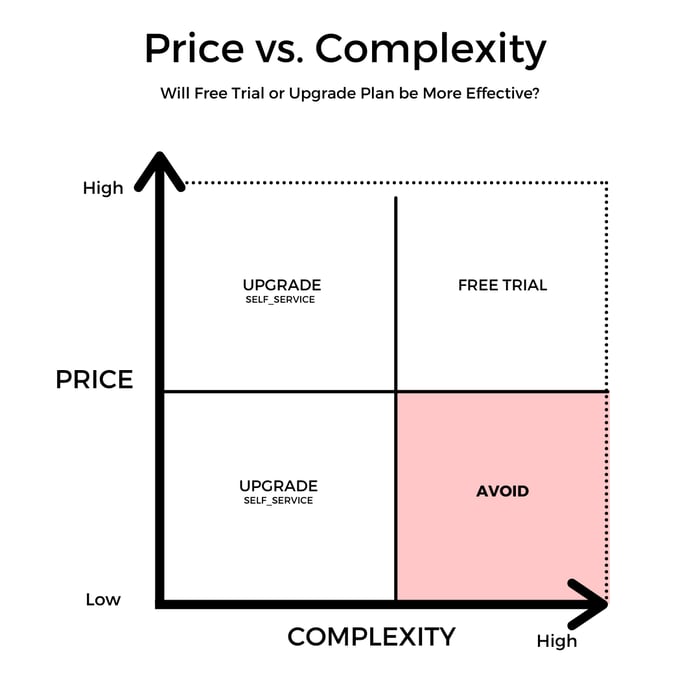 Image: Incisive Edge
Image: Incisive Edge
Limited Time, Full Use Model
With the limited time, full use plan, users have the chance to begin using your full SaaS product right away. They are then given the option to purchase a membership at a later period in order to continue.
Best practice for this model is to limit the duration of the deal. Give the consumer ample time to use your product and understand the basics, but don’t let them lose interest or look for alternatives. 30-day trials are typical, although 14-day trials can work just as well.
Consider the complexity of your product when deciding on your freemium time frame. If your product takes some getting used to, your customers might need more time to do so.
Upgrade Plan
When catering to small businesses, the upgrade offering is a wonderful alternative because they tend to make more cost-effective choices. Giving small businesses the opportunity to be valued customers on a basic, free level helps to establish loyalty and client retention before they buy in. Understanding the effectiveness of marketing and sales efforts, implementing a well-defined pricing strategy, and calculating the customer acquisition cost are vital components in maximizing the success of this approach.
Upgrade plans allow you to establish a relationship with users as a provider who has been there for them from the start. The skill is to provide a simple base plan, with crucial features included in upgrade offers at different pricing points.
An excellent example of this is Zapier, which offers a free, but limited version of their software, with many options for upgrade depending on budget and requirements.
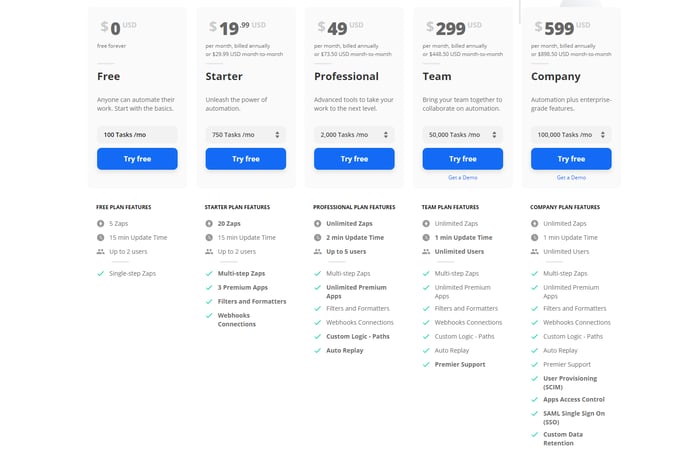 Image: Zapier
Image: Zapier
Tip #2: Keep it Simple
A go to market strategy is not a marketing plan. It shouldn’t be far-reaching or long-term. In SaaS, your go to market strategy usually shows how you plan to gain your first $10k or $100k MMR.
Your go to market plan for SaaS must include:
- For prospects: One target market, one channel, and one message.
- For leads: One lead capturing and lead nurturing strategy, and one conversion method.
- For customers: One core strategy each for increasing LTV, increasing referrals, and for delivering an excellent experience
Tip 3#: One Market, Audience and Channel at a Time
Alt it can be tempting to cast a wide net, you may want to narrow your scope to focus on only one channel, and one audience. Dominate that channel, and then move on to the next.
In the long run, your SaaS solution may be utilised by businesses from all over the world but for the time being, you just need to zero in on one geographical region, one target persona and one channel to reach them.
If that’s working, keep doing it until you've exhausted your options. If not, try tweaking one ingredient at a time until you discover the perfect mix.
Go to Market for Saas Isn’t Getting Any Easier
Acquiring new customers is becoming more expensive as the global SaaS industry becomes increasingly competitive. Customer acquisition expenditures have risen by 55 percent in the last five years, according to a study of over 3000 SaaS enterprises.
Users, on the other hand, are less willing to pay, with a 30% drop in purchases during this time.
With these facts in mind, planning your expenses, acquisition, and go to market strategy for your SaaS business becomes crucial.
